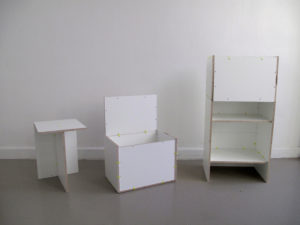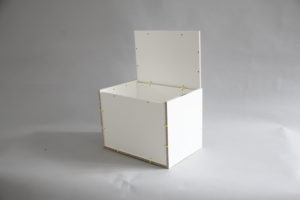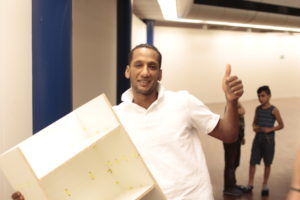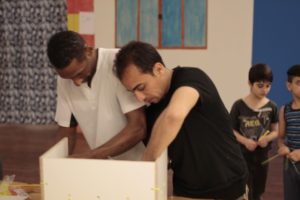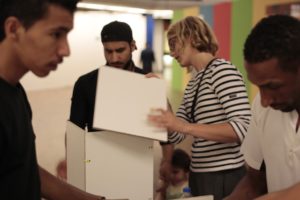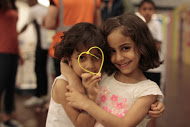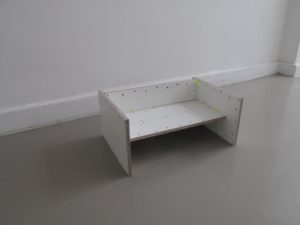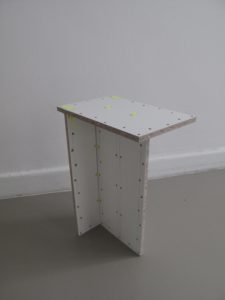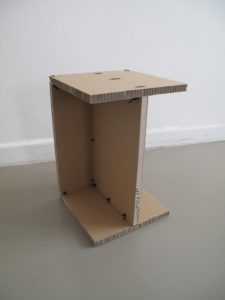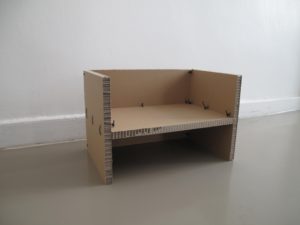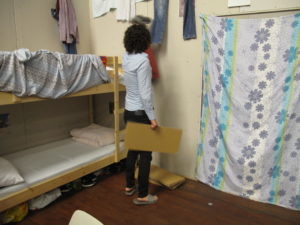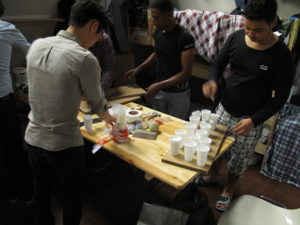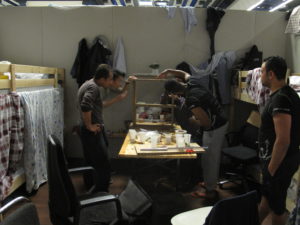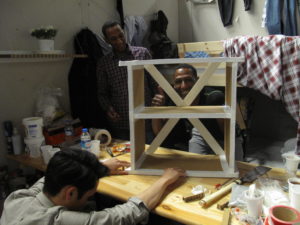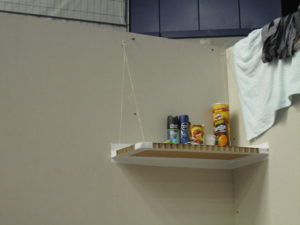The goal of our Start Next Campaign is to raise enough money to make a Workshop with the Whole Camp at ICC Berlin.
We´re happy about any kind of support 🙂 https://www.startnext.com/en/sava
Together with refugees we’re designing a connection system, which can be used to create and (re-) combine different types of furniture– without special skills, tools or expensive material being needed. With this help, refugees can improve their own circumstances through the creation of simple furniture e.g. space for storage or privacy, stools and so on.
The ProblemMost refugee camps in Germany are designed in the same sporadic way: Except for the bunk beds, the temporary, roofless rooms created through gypsum walls do not offer any kind of comfort or space for privacy. But designing the own direkt living space plays an fundamental role for the self-esteem. Personal Furniture therefore is fundamental. Through simple solutions and smart design we want to help refugees being able to improve their own situation.
The Idea
With our system, different kind of furniture can be easily set up, recombined and modularly extended. Simple cable ties serves as the connecting element. Refugees can thereby design their own space of living. Thereby refugees can shape their own living space within the four walls actively on their own without special skills or knowledge, or tools being needed
Why would you support this project?
Currently the refugees are improvising solutions for these problems with what they have: Screws are being unscrewed out of the walls to hang clothes and blankets are being hung around the beds to create space for retrating within the open rooms – another solution is needed.
These solutions hint at the creative potantial already existing. And we want to use it. Our modular system shall enable the refugees using this creative potential in a productive way.
If you also don’t want to just “help”, but offer refugees the ability to active self help, support our project!
https://www.startnext.com/sava


